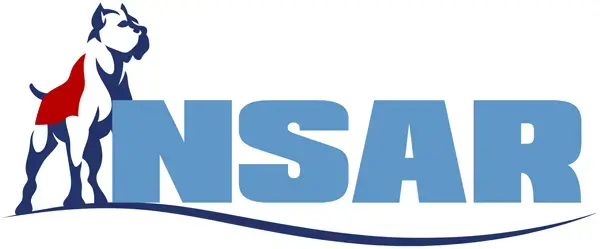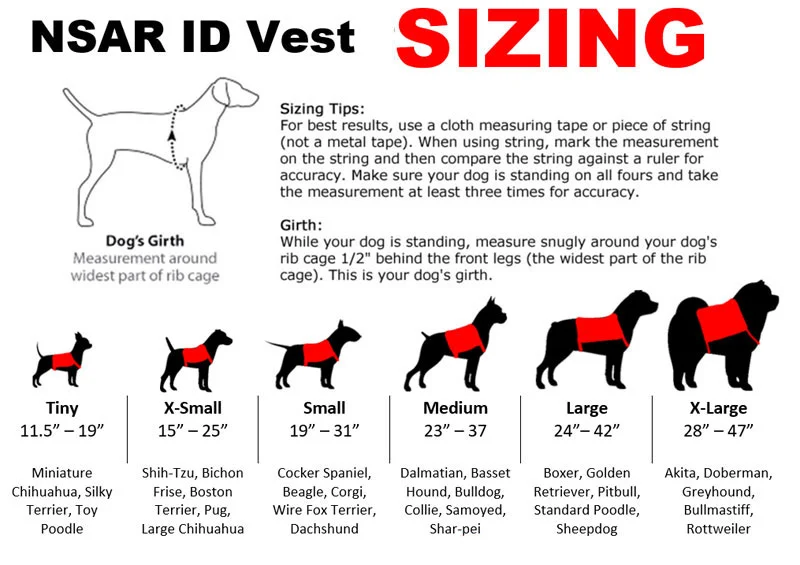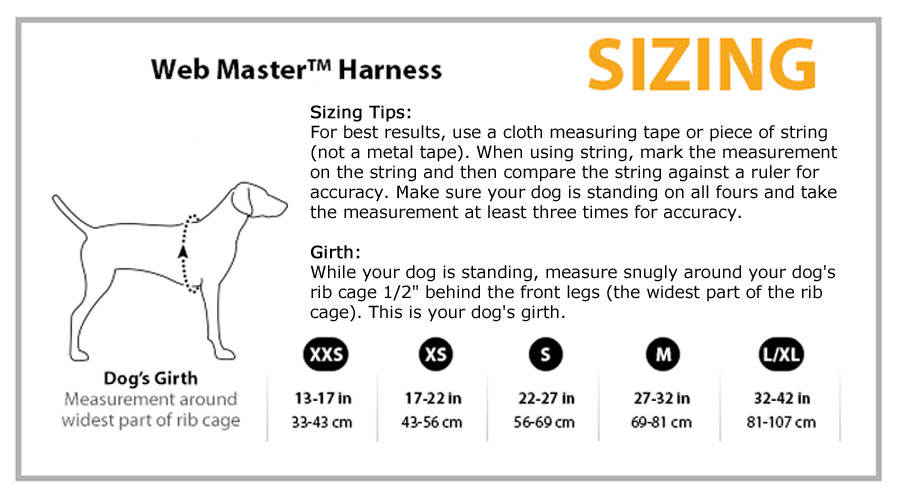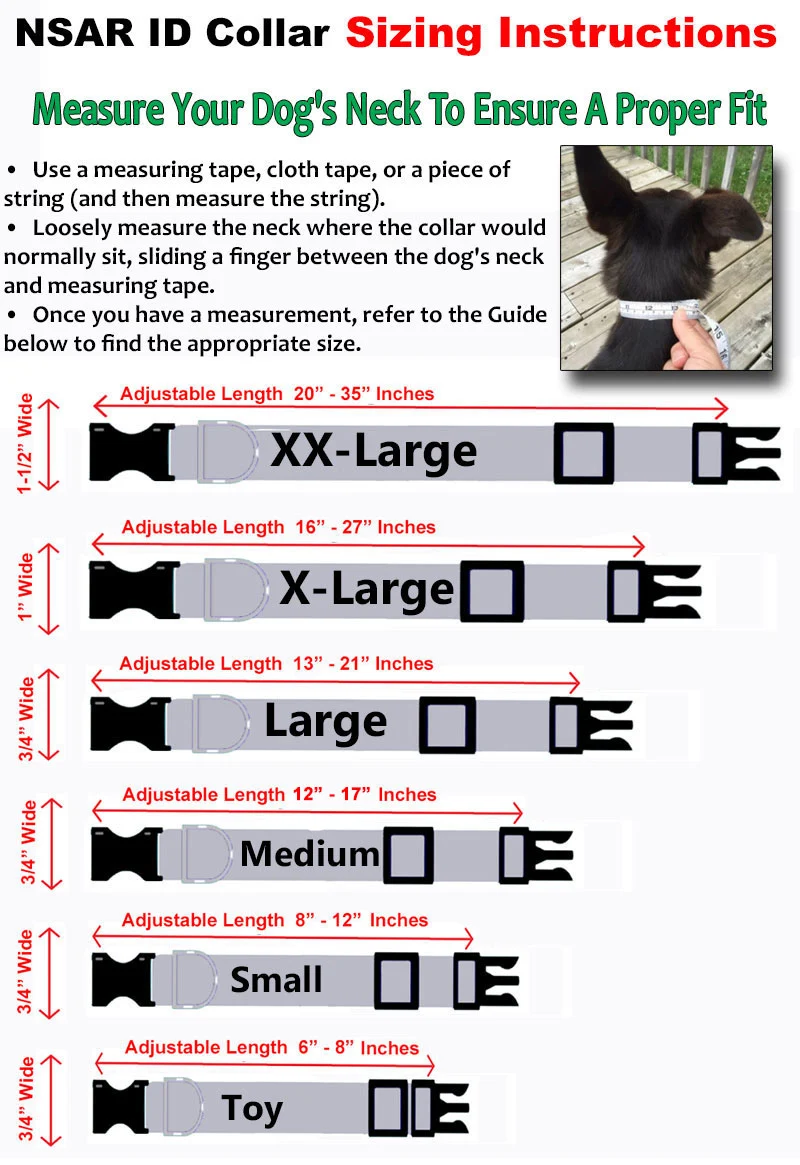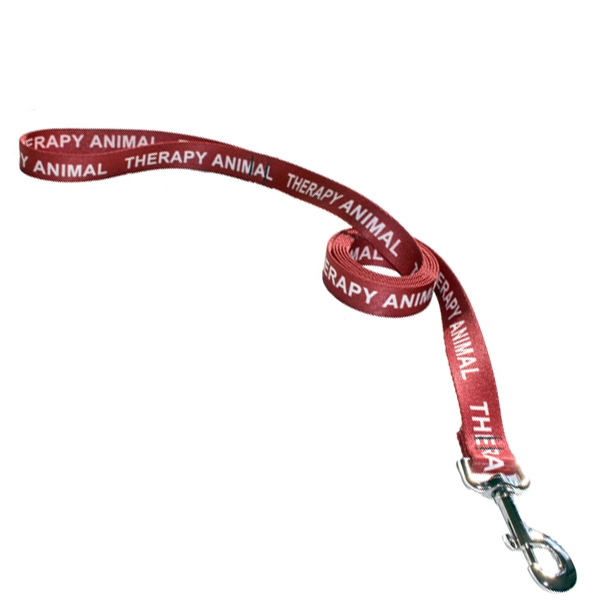
At last, summer is on its way! Dog lovers everywhere will be enjoying the outdoors making the most of long sunny days. You’ll be walking in the park, cranking down the car windows to feel the wind rush in, enjoying a lazy drink on the deck with your service dog curled up at your feet.
Taking care of your service dog in the summer, however, can sometimes be a challenge. As temperatures start to rise, our canine friends can find the heat, sun, and humidity hard to cope with. Just like humans, dogs can suffer from dehydration, skin problems, and even heat stroke.
People with Service Dogs need to take extra special care as our canine partners often work long hours, are constantly alert, and do complex activities all day long. We know how cranky we can get when it’s hot – and we’re not wearing a fur coat! While summer is a great opportunity to get outside, exercise and enjoy the world, we also need to be aware of the risks. How can we take care of our service dogs when the temperatures soar?
How Dogs Keep Cool Naturally
First, it’s important to understand how dogs normally keep cool. Humans produce sweat to regulate their body temperature. Did you know dogs produce sweat only from their paws? The main ways dogs keep cool are by panting, direct contact with a cool surface, and drinking water.
Dogs are naturally pretty good at taking care of themselves. Their fur coat keeps them warm in the winter but it’s also a very good natural sunscreen, stops their skin from drying out and helps keep their body temperature down. When the temperatures begin to rise, you might need to lend a helping hand to keep our canine friends cool.
What are the dangers of too much sun for our Service Dogs?
Protecting Against Skin Problems
- Fur Management: Avoid shaving your dog’s fur too short. Their coat provides natural sun protection.
- Sunscreen: Use vet-approved pet sunscreen on exposed areas like the nose and ear tips, especially for dogs with light-colored fur.
No one likes the idea of walking around in the hot sun with a fur coat on. Our instinct might be to cut or even shave our dog’s coat to help them keep cool. Remember though, your dog’s fur protects them from the sun and stops their skin from drying out, so keep them clipped but don’t go too close to the skin. Just like humans, dogs can get skin cancer, so keep an eye on exposed areas such as their noses and the tips of their ears – and use a good vet-approved pet sunscreen for extra protection. Dogs with short, light-colored fur are especially prone to sunburn.
If your Service Dog has shaggy fur on their paws, keep this a little longer than the rest of their coat as it will protect their paws from the sun. Keep their coat clean and well brushed.
Preventing Dehydration and Overheating
- Hydration: Ensure your dog has access to fresh water at all times.
- Shade: Provide plenty of shade at home and on outings. Never leave your dog in a parked car.
Make your dog a service dog, and NEVER leave them in the car again.
You may notice when a dog is really hot their tongue swells, increasing its surface area and helping them to cool down faster, as it pants. If the panting starts to sound labored or they start to gag, it’s time to get your dog into the shade and give them water and a rest so they can recover. If you have any doubts, seek the advice of a vet as soon as possible.
By the way, although it sounds like an old wives’ tale, it really is true that dog’s noses should be wet. A dry nose could be a sign of dehydration.
Paw Care
- Surface Check: Test the ground temperature with your hand or bare feet. If it’s too hot for you, it’s too hot for your dog.
- Protective Gear: Use paw wax or boots to protect your dog’s pads from hot surfaces.
Although nature has equipped your Service Dogs with pads on their paws that act as natural shoes, when temperatures really start to rise, be aware how hot the surface is and remember some surfaces are hotter than others.
Be careful of any black surfaces, but particularly asphalt as it radiates heat and can actually burn your dog’s paws if it’s been exposed to hot sunlight for any length of time. A hot surface will also lead to a rise in your dog’s body temperature and might make them overheat.
It might seem a bit wacky, but the easiest way to test if the ground is too hot for your dog to walk on is to feel it with your hands or, better still, your bare feet. If it’s too hot for you, it’s probably too hot for them. On particularly hot days, allow your dog to walk on the grass as much as possible.
Check your dog’s paws regularly for signs of blistering and splitting. Walking on hot surfaces can cause dryness so if you notice this is a problem it’s a good idea to invest in some veterinary-approved wax that will protect the paw pads in both winter and summer. Boots are also available and can help protect your dog’s paws from strong heat but remember your dog sweats from their paws so make sure they are ventilated, or they may get a bacterial infection. In addition, if air can’t circulate, this will make your dog hotter. Remember, if your dog has shaggy fur on their paws, this is nature’s way of providing insulation, so don’t cut it too short.
Tiredness
We all get a little cranky in the heat, especially if we have to work, and it’s no different for your service dog. On hot days allow them a little grace. It might take them longer to do the things your dog normally does, and they might need more rest.
Recognizing Heat Stroke
- Symptoms: Watch for excessive panting, drooling, vomiting, diarrhea, lethargy, and seizures.
- Action: Move your dog to a cool area, keep them moving, apply wet towels, and provide room-temperature water. Seek veterinary help if symptoms persist.
In severe cases, dogs can suffer from heat stroke, just like humans, and this can be extremely dangerous. Heat stroke occurs when the body has a rapid and uncontrollable rise in temperature, which can be caused by dehydration and heat exhaustion from over-exertion, and not taking in enough water before and during exercise. A dog’s normal body temperature is 100-103. This can rise to 107 with heat stroke which can be life-threatening.
Some breeds are more prone to heat stroke than others, such as dogs with short nasal passages like bulldogs and pugs; particularly those that suffer from Brachycephalic Syndrome. Dogs with heart, lung and respiratory conditions such as Laryngeal Paralysis, and dogs that are overweight will also suffer more. Older dogs and smaller dogs are also more prone to sunstroke as they are less resilient.
How to Spot Signs of Distress in Our Service Dogs and ESA’s
The most common symptoms of heat stroke to be aware of are excessive panting and drooling as dogs produce extra saliva when they need to cool down quickly. They may also vomit and /or have diarrhea. Your dog might lie down frequently and unexpectedly if they need a break. It might be unusually clumsy, stumble or even have a seizure. They might have a racing heartbeat. Watch out for these symptoms and take them into the shade for a rest and a drink. If they collapse, seek help from a vet immediately.
What to do if you think your Service Dog has heat stroke:
- Act quickly
- Move them to a cool area
- Try to stop them from lying down. Keeping them moving will allow the cooler blood that is at the surface of their body to circulate which will help their body temperature drop
- Soak towels in water or use whatever material you might have to hand and lay this on their coat, as direct skin exposure to water will also help them transfer the heat from their body
- Give your dog small drinks of water at room-temperature. However, tempting it is, don’t give them iced water as a sudden intake of cold water can cause distress to their heart
- Allow them time to rest and recover
- If in doubt, see a veterinarian as soon as possible
How to Help your Service Dog Keep Cool
So when the temperatures really ramp up, what can we do to keep our service dogs cool and prevent heat stroke?
Provide Shade
Dogs are very good at seeking out shade, so while we’re used to our service dog walking down the middle of a path, be aware that they might be more comfortable seeking out the shadows. Make sure there is shade for them both when you are at home and when you’re out and about.
Never leave your dog in a parked car on a hot day. Temperatures can soar very quickly to dangerous levels. If you leave them at home, think about drawing the curtains so they can escape from the sun streaming through the windows.
Air Conditioning
While you might be tempted to escape the heat and hunker down in the aircon, don’t rely on this too much too soon. As soon as the days start getting warmer, begin to acclimate your Service Dog by taking it outside each day. This provides the opportunity to get used to the increase in temperature. When you’re going out by car, try to lower the windows rather than using air-conditioning, so your dog has time to get used to the temperature during the journey.
Cooling Gadgets
Vests and Collars: Invest in cooling vests, bandanas, and cool beds.
- Cooling collars
Water Supplies: Always carry water and a portable bowl. Consider a kiddie pool for home use.
There are many useful products available to help keep your service dog cool. Make sure their vest is made from a material that transfers heat, such as mesh or nylon. National Service Animal Registry offers very lightweight service dog vests. Some vests come with cooling pockets or pockets where you can fit gel-packs. Otherwise, get a vest that you can soak in water as this will allow them to keep cool down for longer. There are also a variety of bandanas, cool beds and cool collars available.
Never leave the house without a supply of water and invest in a foldable bowl or a water bottle that doubles as a bowl. When it gets hot, think about treating your service dog to a kid’s pool so they can enjoy cooling off in the tub. If you live near the beach, lake or river, be aware that although dogs instinctively know how to swim, they are not necessarily strong swimmers. Be careful of currents and keep your eye on them when they are in the water.
Water
Dogs drink more water for their weight than humans, and this is a key method they use to cool down. Make sure the water you give them is room temperature rather than iced as very cold water can cause stress for your dog’s heart. It’s okay to give them an ice-cube as a treat, though, as this will melt and warm up before they ingest it. You might also want to fill a Kong with wet food and freeze it to make the perfect doggie-popsicle.
Protect Against Parasites
- Preventatives: Ensure your dog is protected against common summer parasites like ticks and heartworms.
In hot weather, parasites multiply faster, and if your service dog is spending more time outdoors, especially in grass or undergrowth, they might be more likely to pick up something nasty. Make sure they are protected against common parasites such as Heartworm, Lyme Disease, and Rocky Mountain Spotted Fever. Ask your vet if you’re not sure.
Adapting to Severe Heat
- Indoor Time: Keep your dog indoors during extreme heat and provide ample shade and water.
- Exercise Timing: Walk your dog during cooler parts of the day, such as early morning or late evening.
When it gets very hot outside, over 90 degrees, or when the National Weather Service has issued a warning, keep your dog inside, and make sure there is plenty of shade in the house for him or her to enjoy. Manage your schedule so you avoid going out in the hottest part of the day and make time to exercise when the sun is low. Make sure there is always plenty of water for them to drink.
Final Thoughts
We depend so much on our Service Dogs. They keep us safe, provide us with companionship, and do many tasks that we find difficult. As your partner, you know your dog best. What are their needs? Do they have a thick dark coat that traps the heat, so they need a pool to splash in or regular sprinkler-time? Are they getting a little older, or do they have any medical conditions that mean he’s more prone to heat stroke? Do you need to invest in a new cool-vest, or some pet-sunscreen to protect any exposed skin?
The summer is a perfect opportunity to get out and about with your service dog and really enjoy the outdoors together. Bear these safety tips in mind and get prepared so you can make the most of the long sunny days with your canine partner.
Want to register your service dog? Register with National Service Animal Registry today! It’s FREE
